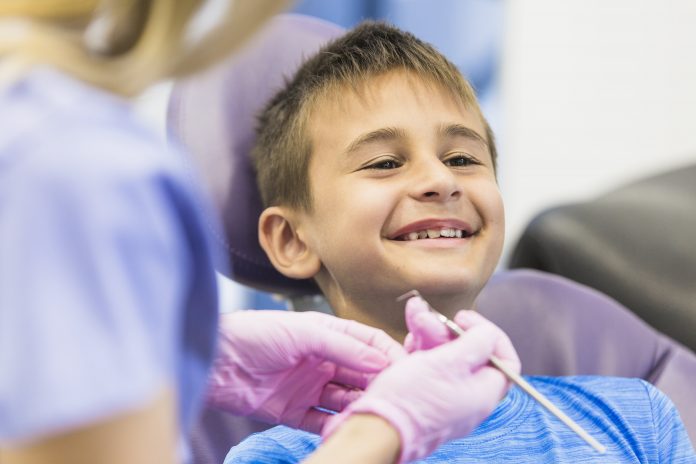Let’s face it – a severe dental problem is a nightmare for us all. Even if it is something as a tooth cavity, we all wish to just be unconscious during the procedure and then wake up feeling no pain!
If your child is experiencing some sort of a dental problem, your dentist might suggest sedation to ease the entire procedure. This might not be the case only when it comes to complex problems. Sedation might be advised even for baby teeth pulling or cavity filling.
A trip to the dentist is probably not your child’s favorite thing in the world and chances are, they will not be as cooperative or as relaxed and you and the dentist would like them to be.
In the hands of a professional, sedation dentistry is a perfectly safe procedure that will facilitate the work for the dentist and make things less stressful for your child.
If your dentist suggests sedation dentistry to sort your child’s dental problem, here’s everything you need to know!
Types of Sedation
Generally speaking, there are four different levels of sedation:
- Minimal – the child will be awake during the procedure but they will feel more relaxed due to the anesthesia
- Moderate – your child will be awake, yet they will not remember the most of the procedure
- Deep – the child will not be awake during the procedure, but they will also not be unconscious
- General – your child will be both unconscious and asleep during the procedure
The level of sedation used depends mostly on the type of dental problem your child has and their fear of the dentist chair. If your child shows high levels of anxiety, deep sedation might be advised even for a smaller problem.
There are also different kinds of sedatives that can be used when your child is undergoing a dental procedure. The most commonly used kind is the “laughing gas” which makes the child mildly sedated, yet relaxed enough to go through the procedure. Other kinds of sedation include oral and intravenous solutions that are used for deeper sedation levels.
Here are the main benefits of using sedation for dental procedures on children.
Farewell to Pain
We can all agree that someone drilling in your mouth is not the most pleasurable experience that you can have. Dental procedures are usually associated with pain even though that might not be the case.
Sedation is advised especially if the case is a combination of a severe problem and severe patient anxiety. Anesthetic injections are usually a part of such procedures and kids are not big fans of needles. When sedation is used, especially deep one, your child will have no memory of whatever the dentist was doing. The injections are given after the sedatives kick in so you won’t have to worry about your child jumping off the chair when seeing the needles.
On top of that, going to a dental clinic with a problem and waking up to learn that the problem is gone is a good feeling. Sedation might help your child experience less dental anxiety on their next trip to the dentist if their experience was positive.
The Dentist Can Work Their Magic
Working with children is challenging in every sense of the word. This is especially true for dentists. Kids might not be able to refrain themselves from reacting instantly when faced with pain or discomfort in the same way that an adult would. Some of them might move too much or even cry during the procedure. All of this can reflect on the quality of the work that the dentist does and in some cases might even cause more complications if the child moves unexpectedly in a crucial moment of the intervention.
If the child is sedated, the dentist will be able to carry out the procedure better and quicker.
Choose Your Child’s Dentist Wisely
Sedation dentistry is a perfectly safe procedure if done by professionals. In the past, there have been cases when sedation wasn’t administered properly and it has resulted in death. According to a research done by the University of Washington, over the last 30 years, there were 44 deaths of patients who were under general sedation.
To ensure all of the procedures are safe and carried out by highly-trained personnel, the American Academy of Pediatric Dentistry published a protocol which must be followed for safe sedation procedures.
However, if you take your child to a reputable and professional dental clinic, there is nothing to worry about. Your child will be in the capable hands of the dentist and the anesthesiologist and the entire intervention will be carried out in the best manner for your child.
Author Bio :
Dr. Chris Campus is a dentist at Sorrento Dental Care. He loves sharing his knowledge with his patients so they can make better decisions about their oral health.































